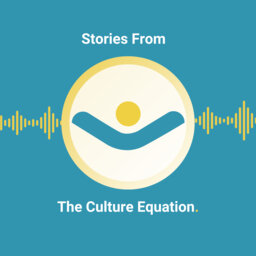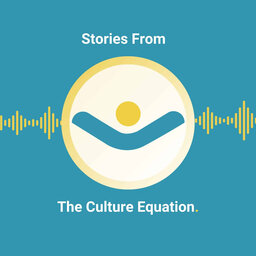First Focus - Getting on the Same Page (Part 2)
First Focus wanted to set a precedent for mindset across the company and especially within management to allow for scaling. To do this, they developed a hard copy book that contained their values, processes, and stories from staff. Hiam led the team through a series of workshops to develop and curate copy and illustrations, which reflect the core aspects of the company. They were able to use this both internally, now running their own training based on chapters from the book, and for business development including recruitment and acquisition of other companies.
To learn more about The Culture Equation including our work with Culture, Leadership, Diversity, and Executive Coaching, or our Culture Canvas program, visit our website or book a Discovery Call with CEO Hiam Sakakini.
Listen on Spotify
Listen on Apple Podcasts
Produced by Ampel Sonic Experience Agency.
 Stories From The Culture Equation
Stories From The Culture Equation


